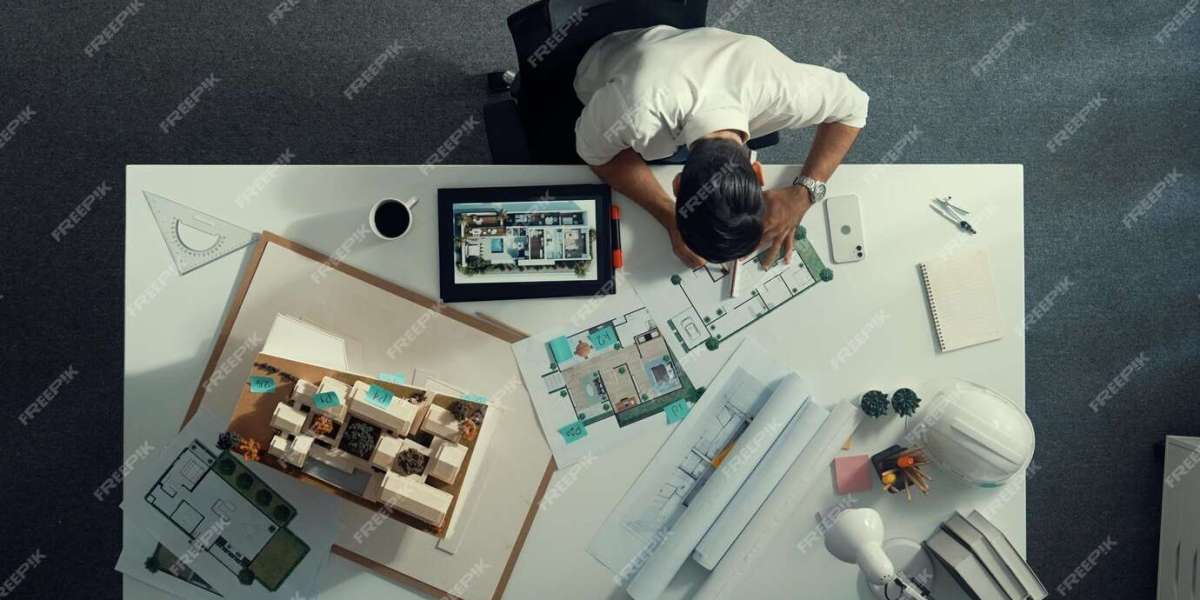Space planning is the art and science of organizing the layout of a room or building to achieve optimal functionality, flow, and aesthetic appeal. Whether you're designing a new home, reimagining a commercial space, or simply rearranging a room, effective space planning is the key to creating an environment that works for both practical use and visual pleasure.
The foundation of space planning lies in understanding the purpose of the space. Each room in a home or office serves a unique function. A kitchen should facilitate cooking and movement, while a living room should encourage relaxation and interaction. Before diving into the design process, it's crucial to ask what the space is meant to accomplish and how it will be used on a daily basis. This analysis will guide the layout and placement of furniture, fixtures, and decorations.
Once the purpose of the space is defined, the next step in space planning is measuring the space. Accurate measurements of the room’s dimensions, including the height, length, and width, as well as the location of doors, windows, and any architectural features, are essential. These measurements help determine how much space is available and allow for effective placement of furniture and other elements without overcrowding the room.
A key concept in space planning is circulation, which refers to how people move through a space. Adequate circulation allows individuals to move freely without obstacles. In a living room, for example, you wouldn’t want furniture placed in such a way that it forces people to walk around obstacles or crowd a single pathway. Similarly, in a kitchen, space planning should ensure there’s enough room between countertops, appliances, and work areas to avoid a cramped cooking experience. Smooth circulation makes a space functional and user-friendly.
Zoning is another crucial element of space planning. Zoning divides a space into areas based on activities. In an open-plan living area, this might mean creating distinct zones for lounging, dining, and work. Each zone should be thoughtfully arranged to ensure a sense of purpose and flow without one activity overwhelming the other. Effective zoning enhances the experience of a space, making it feel organized, purposeful, and spacious.
The role of proportion and scale in space planning cannot be overstated. When selecting furniture, it's essential to consider the size of the room. Oversized furniture in a small room can make the space feel cramped, while too-small furniture in a large room can make it feel sparse and unwelcoming. By ensuring that the proportions of each piece of furniture match the dimensions of the room, space planning creates a balanced and harmonious environment.
Technology has also played a transformative role in space planning. Today, there are numerous apps and software programs available that allow homeowners and designers to create detailed floor plans, experiment with different layouts, and visualize how the finished space will look before any changes are made. These tools have made it easier than ever to plan spaces that are both functional and stylish.
Conclusion
Incorporating thoughtful space planning is the key to designing spaces that are not only visually appealing but also highly functional. By understanding the purpose of the space, measuring accurately, and paying attention to circulation, zoning, and scale, designers and homeowners can create environments that enhance both comfort and usability. Whether you’re designing a cozy home or a bustling office, the right space planning can transform any space into a well-organized, harmonious area that meets all of your needs.








